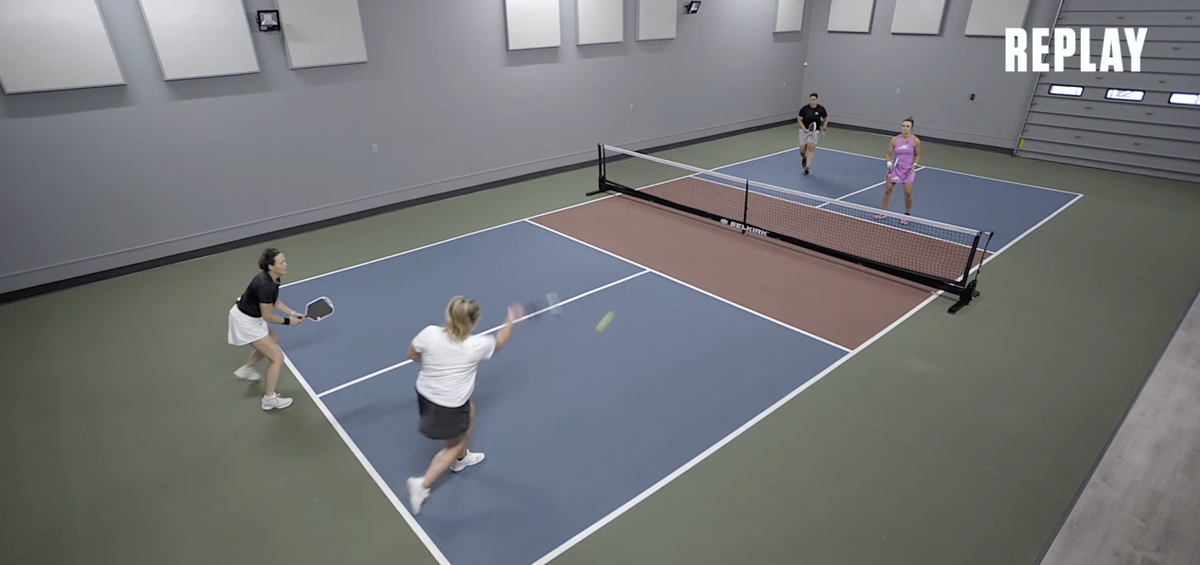The United Pickleball Association of America (UPA-A) has announced pivotal updates to paddle regulations, effective September 1, 2025, aimed at ensuring fairness and consistency in professional gameplay.
With the recent formation of the UPA-A, players have been anxious to see how the organization would handle the issues related to paddle regulations and testing. We reached out to Jason Aspes, President of the UPA-A for a comment on the new guidelines and he said:
I’m really proud to work with world-class engineers to tackle a problem that, gone unchecked, could have had a significant and negative impact on the growth of the game. It took lots of research to understand how paddles behave, home in on what is best for the game, and creating rules and regulations to ensure we have an exciting and fair sport for years to come. — Jason Aspes, President of UPA-AIt's worth noting that these regulations only apply at the professional level - the USA Pickleball 2025 rulebook still sanctions all amateur play. You can find the full PDF on UPA-A's website but we have broken down the critical points below.
Key Updates to Paddle Specifications

- Size and Dimensions
- Combined Length and Width: ≤ 24.0 inches.
- Maximum Length: ≤ 17 inches, including edgeguards and butt caps.
- Maximum Thickness: ≤ 0.945 inches (24 mm).
- Weight Limitations
- Maximum Weight: ≤ 10.0 ounces (283.5 grams).
- Modifications Allowed: Weighted adhesive tape for edge or handle adjustments.
- Surface and Design Standards
- Flatness: Paddle faces must remain entirely flat.
- Surface Roughness: Prohibited features include holes, indentations, or added texturing to increase spin.
- Performance Metrics
- Paddle Efficiency Factor (PEF): ≤ 0.385, with a temporary break-in allowance up to 0.405 until March 1, 2026.
- Spin Rate: ≤ 2100 RPM.
- Sound Guidelines
- While not a rule yet, the new guidelines suggest that [addles will be required to emit an "appropriate level of sound" - paddles that are muffled may not be accepted as will paddles with excessive sound. (This suggests quiet paddles like the Owl may not be approved going forward).
Certification and Compliance Guidelines
Every paddle used in UPA-A events must undergo rigorous certification. Here are the steps manufacturers and players need to follow:
- Model Approval: Certification applies to unique structural designs. Variants—like cosmetic changes—must align with approved specifications.
- On-Site and Random Testing: Paddles may undergo additional checks during events or through random sampling.
- Certification Stamp: A visible, permanent UPA-A stamp is required on all approved paddles.
- Black-out Paddles: For 2025, paddles that don't have a UPA-A marketing license need to be 'blacked out' - removing any branding on the paddle face.
Notable Rule: Starting in 2026, paddles must include a traceable serial number or NFC chip for enhanced accountability.
Paddle Challenges and Enforcement
Some interesting rules are being applied here when a player challenges another for a hot paddle:
- Player Challenges:
- A player can request another player change out their paddle. If a player agrees to switch, play will continue and no penalties will be issued.
- Official Challenge:
- If the player wants to make an official challenge, they can request the paddle go to off-site paddle testing. If the challenge is incorrect, the challenger may face fines starting at $1,000. That fine will double for every incorrect challenge.
- If the challenge is valid, the offending player will face a fine of $2,500 and will be disqualified from play.
- Severe Infractions: Tampering or intentional rule violations can result in disqualification, higher fines for players and manufacturers, and paddle decertification.
UPA-A seems to be confidently putting the onus on the players themselves to own up when their paddle is out of spec. It will be interesting to see whether we'll see more or less challenges now that fines are in place.
Anuncie Aqui / Advertise Here
Sua marca para o mundo Pickleball! / Your brand for the Pickleball world!

 English
English  Spanish
Spanish  Portuguese
Portuguese  German
German  Italian
Italian  Japanese
Japanese  French
French  Polish
Polish  Russian
Russian  Netherlands
Netherlands  Hungarian
Hungarian  Turkish
Turkish  Videos
Videos 








 English (US) ·
English (US) ·  Portuguese (BR) ·
Portuguese (BR) ·